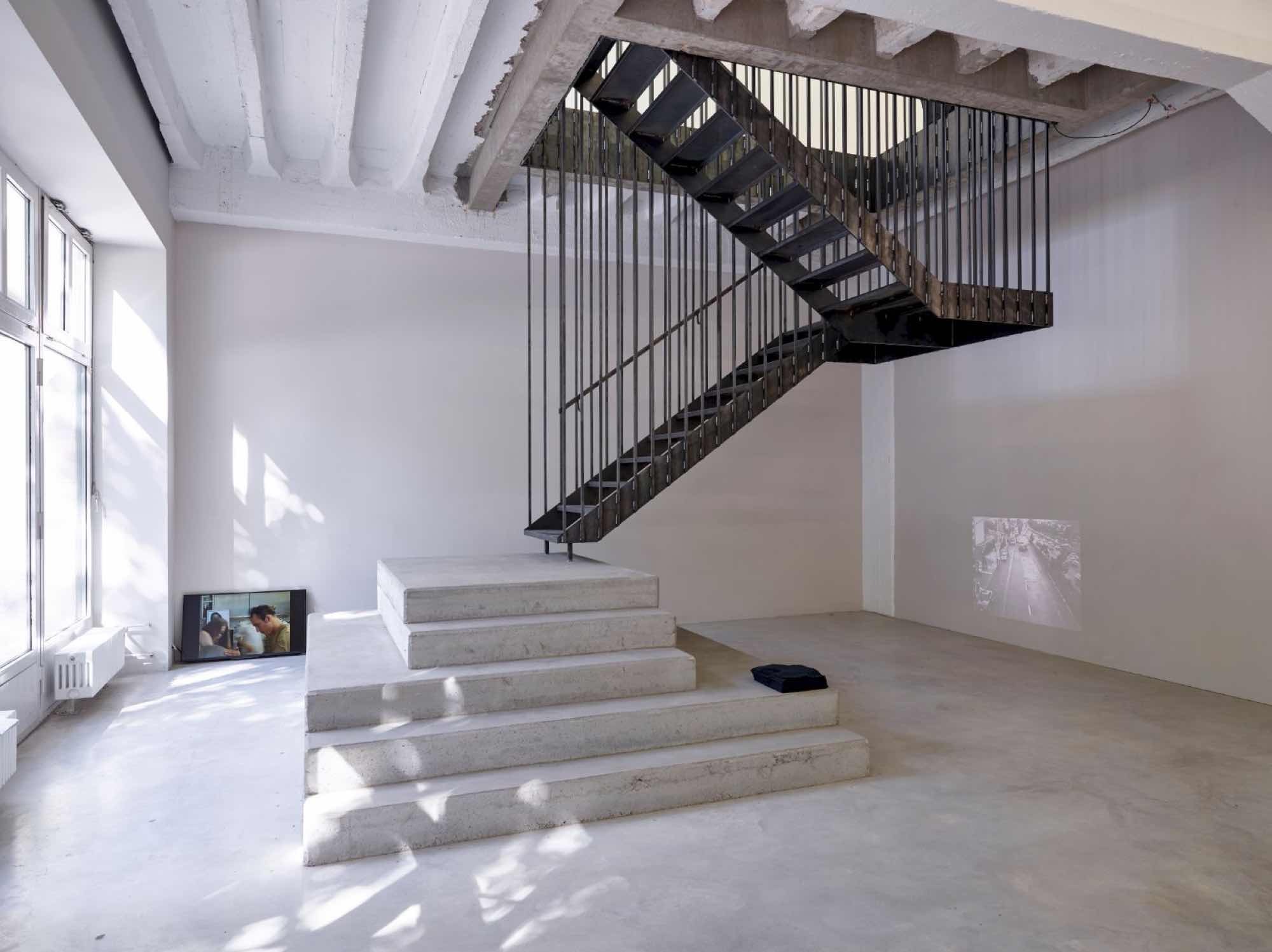OUT OF THE DARK II
23 May - 15 Aug 2020
Works of art that no one sees are tragic creatures. Locked away, languishing in obscurity, pictures, sculptures, and videos can’t meditate on what they mean, can’t quietly grow and mature—indeed, they can’t even despair. They have life only in the eyes of people, and so any barriers to access, any social distancing implies their immediate and impotent demise. Yet art, we know, dies hard; it only takes a nap when darkness falls around it. And every first and fresh new glance brings it back in the full splendor of its form.
That is why, in 2016, we retrieved works from our storage rooms that had not seen the light of day quite some time and reanimated them in the eyes of our visitors. The show was titled Out of the Dark. Now, as a monthslong lockdown on the entire art world comes to an end, we give ourselves the gift of another exhibition starring some of our old flames, as well as several new productions completed over the past few weeks that we want to see. Because they offer us reflections on this questionable time in which we live. We throw open crates and basement doors, fire up hard drives and screens, to show and celebrate what we have in art. After what we’ve been through these past months, as Covid-19 brought social life to a virtual standstill, we asked thirteen artists to contribute to a reunion with art in Out of the Dark II. You’re cordially invited. KOW is open.
Glimpses into studios and archives reveal how much of our lives, as individuals and as a community, is stored up in the things that artists bring to light. They also reveal how profoundly our perspective on these things changes depending on who we are at the moment. And no wonder. Seeing a picture of people today, we reflexively worry whether they’re maintaining the obligatory 6 feet of distance. Bustling airports in a film? Baffling. Workers in a factory—is that a critique of capitalism, or does it make us yearn for the old normal? Every gaze has its time and its contemporary relevance. And it’s interesting to see which art holds up under these constantly shifting gazes because it has something new to say when circumstances change, and which art perhaps does not.
We’ve tried to put together an exhibition that brings home how we look when nothing is going back to normal anytime soon. When we can’t readily put the checkmarks of peremptory interpretation behind Object Number One and Object Number Two because we may see things differently today than we did yesterday. An exhibition, that is to say, in which it’s at bottom we who’re being put to the test: How we see what we see. What we believe. What scares us. What we might do without. What makes us angry. What thrills us and what we want to celebrate. Yes, art is awesome, as these past weeks have made us realize afresh. It’s a vital necessity, the political decisionmakers say. Thanks for the compliment. It’s an instrument of world-making, we say. It creates and clarifies for us, in our eyes, under our gaze, what is and who we are at this juncture.
Turning the spotlight on art, Out of the Dark II should not gloss over the fact that much remains in the shadows of public attention despite, or in fact especially because of, a crisis in which we’re focused on our own situation. For a little while, such self-centeredness is understandable, but then we must open our eyes again to challenges, and to visions, that go beyond our personal or even national horizons. As art reclaims its public presence, critical perspectives on what is happening in our world also demand to be heard again. For art is not what’s already manifest or loudly announces itself. The mission of cultural production is to serve as a check on the global attention economy, to rebalance the discursive system, to publicly comment on social and political developments, to raise objections, to rethink problems and challenge our thinking, to spur debate.
What remains unseen, what’s repressed from view and marginalized, what’s inconvenient or embarrassing, unsightly/invisible or perhaps faceless: these are often the stuff of art. And so is the unforeseen. If there’s one thing we have in art, it’s that it is worldly without ever agreeing with the world. And so, thankfully, jolts us out of our inertia, out of the cozy murk of pure introspection. When we open our eyes to it, it pushes us out into the world. And then it shines a bright new light on us, too.

